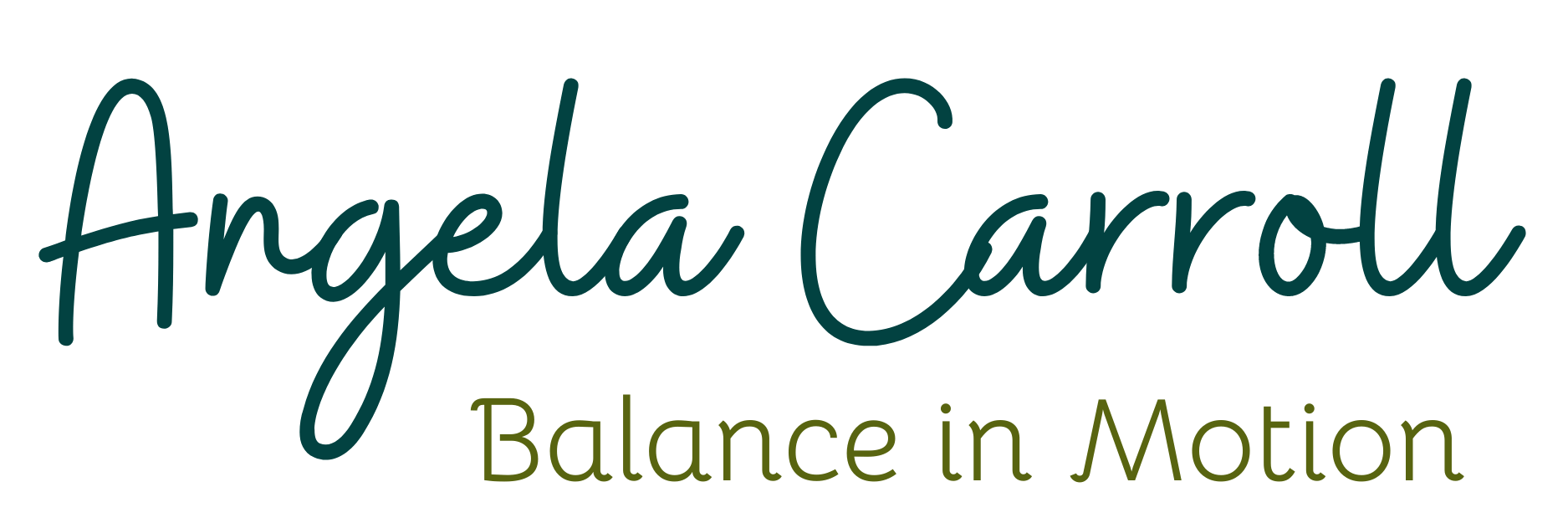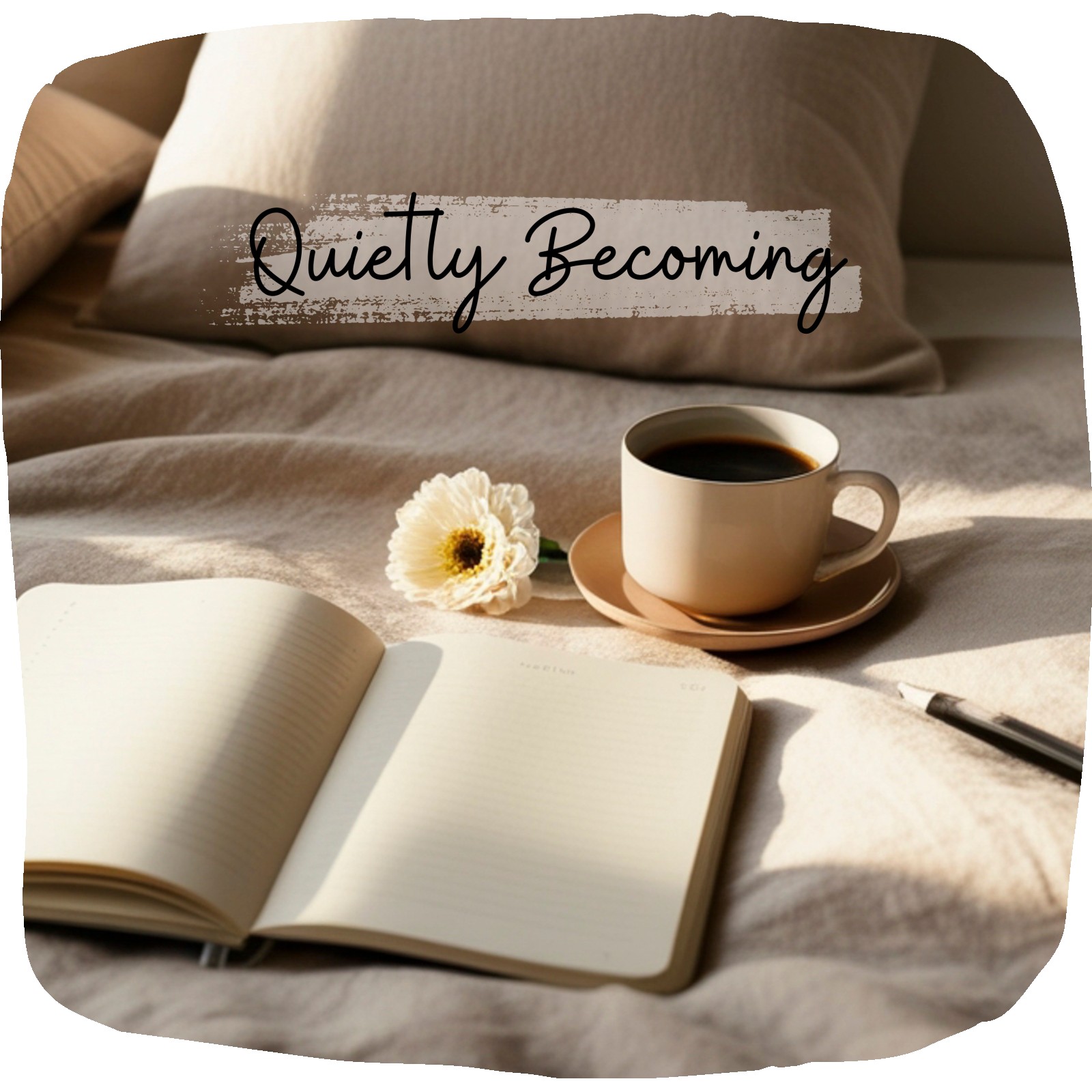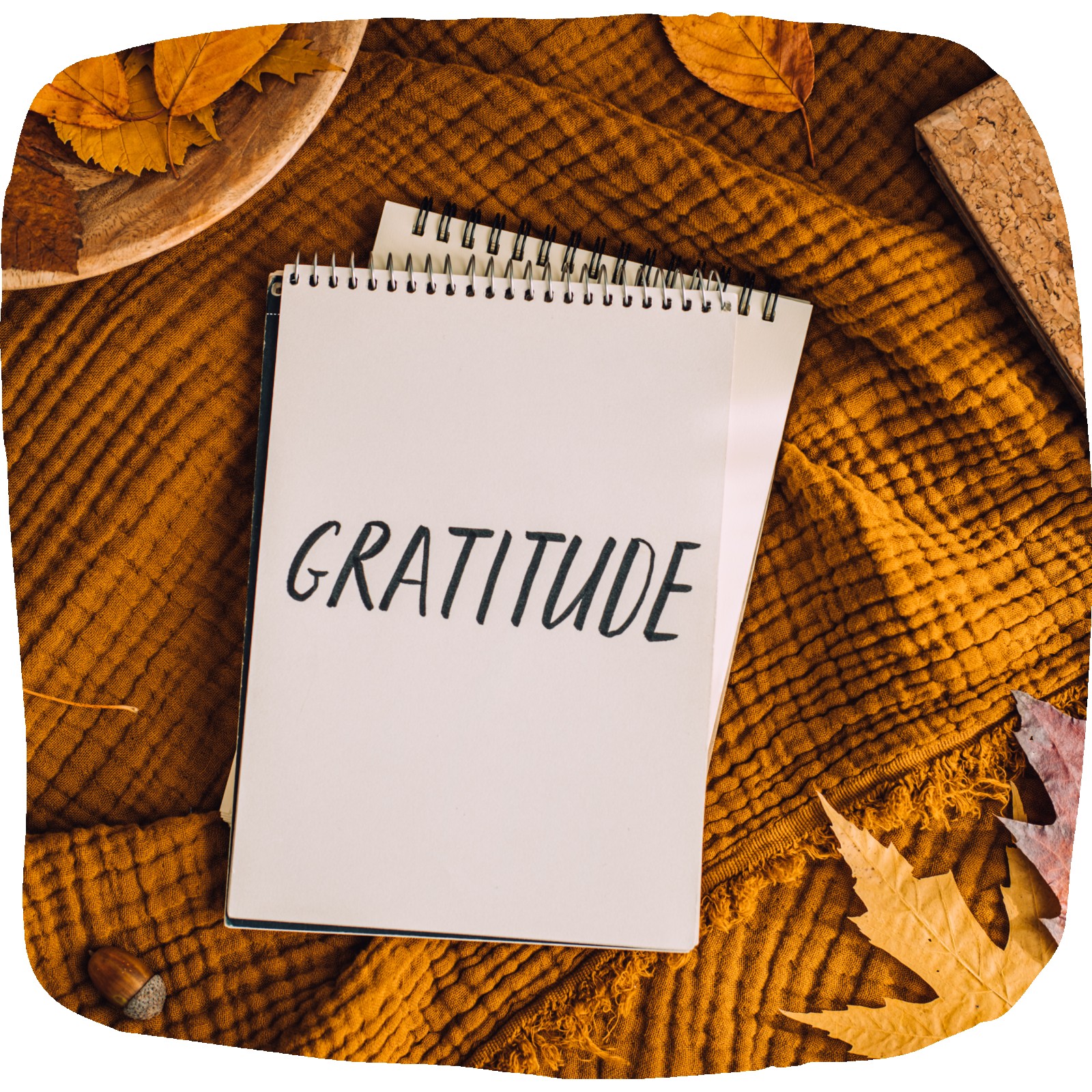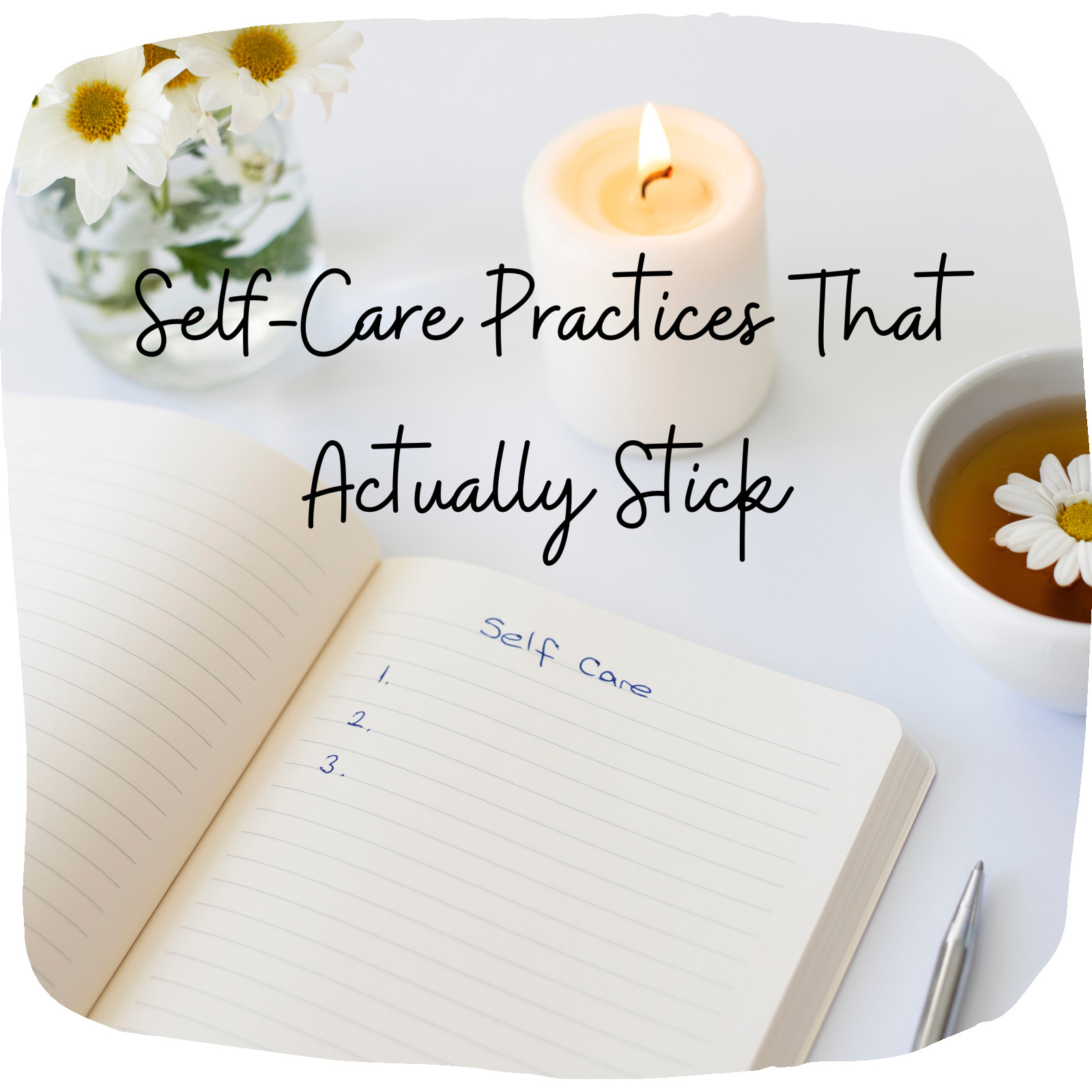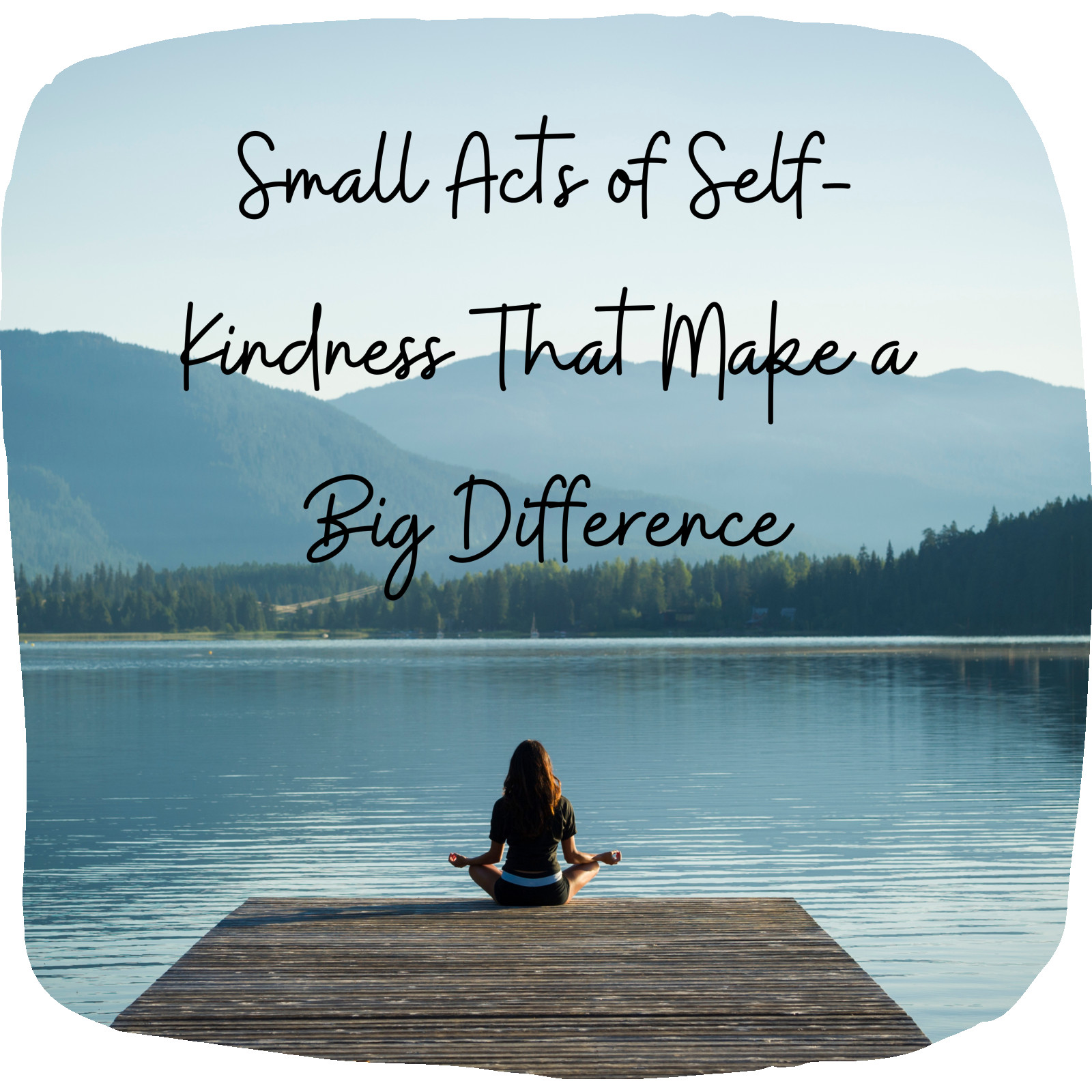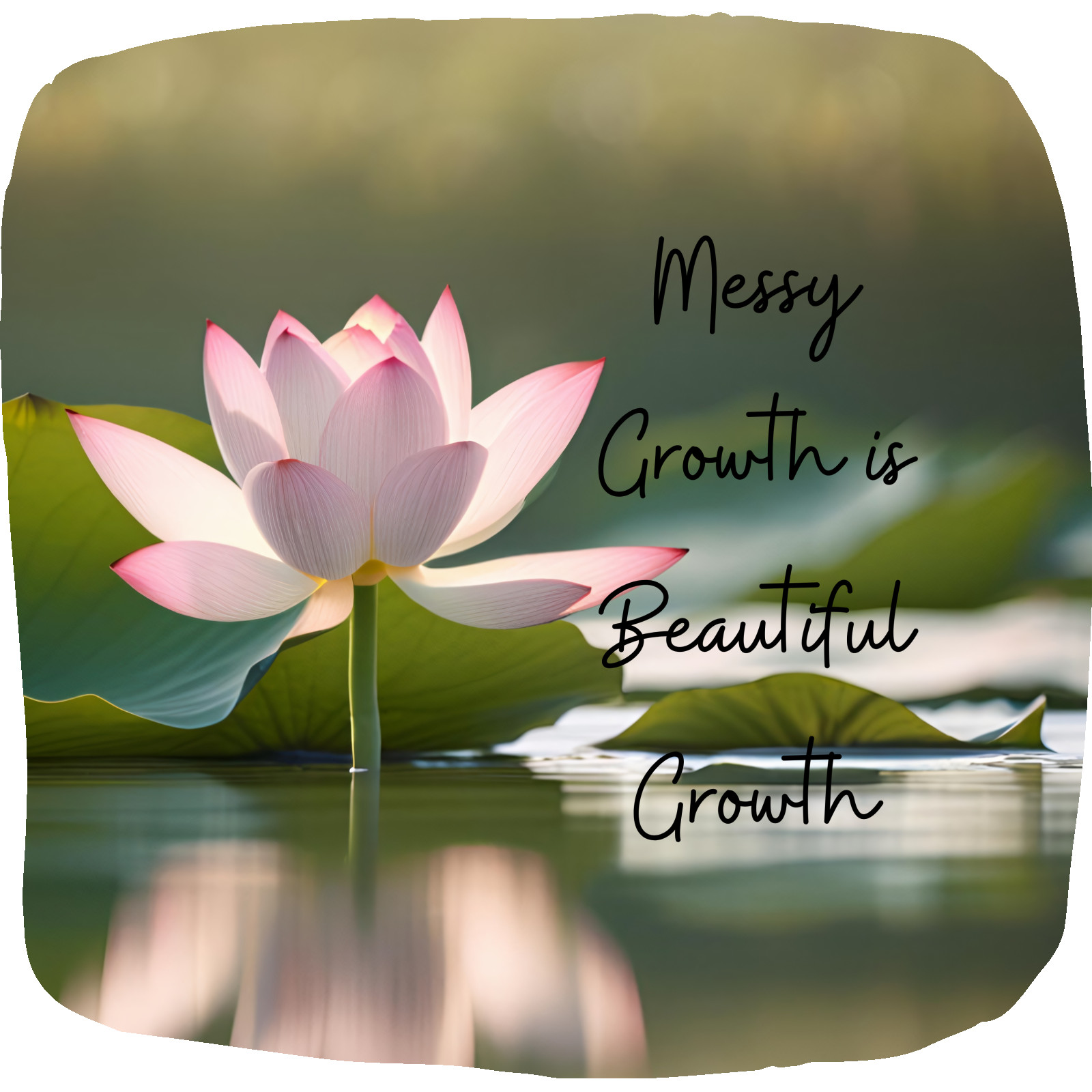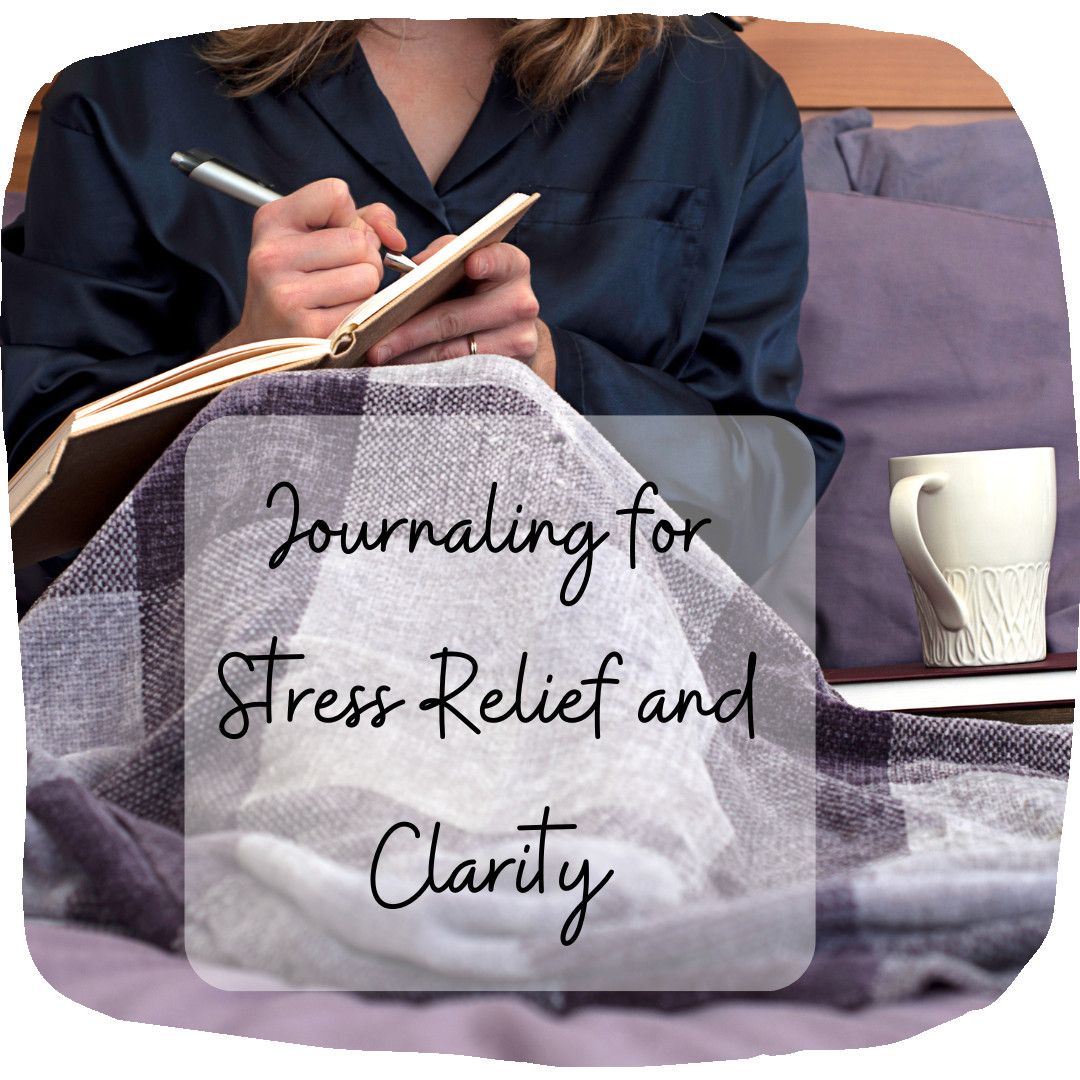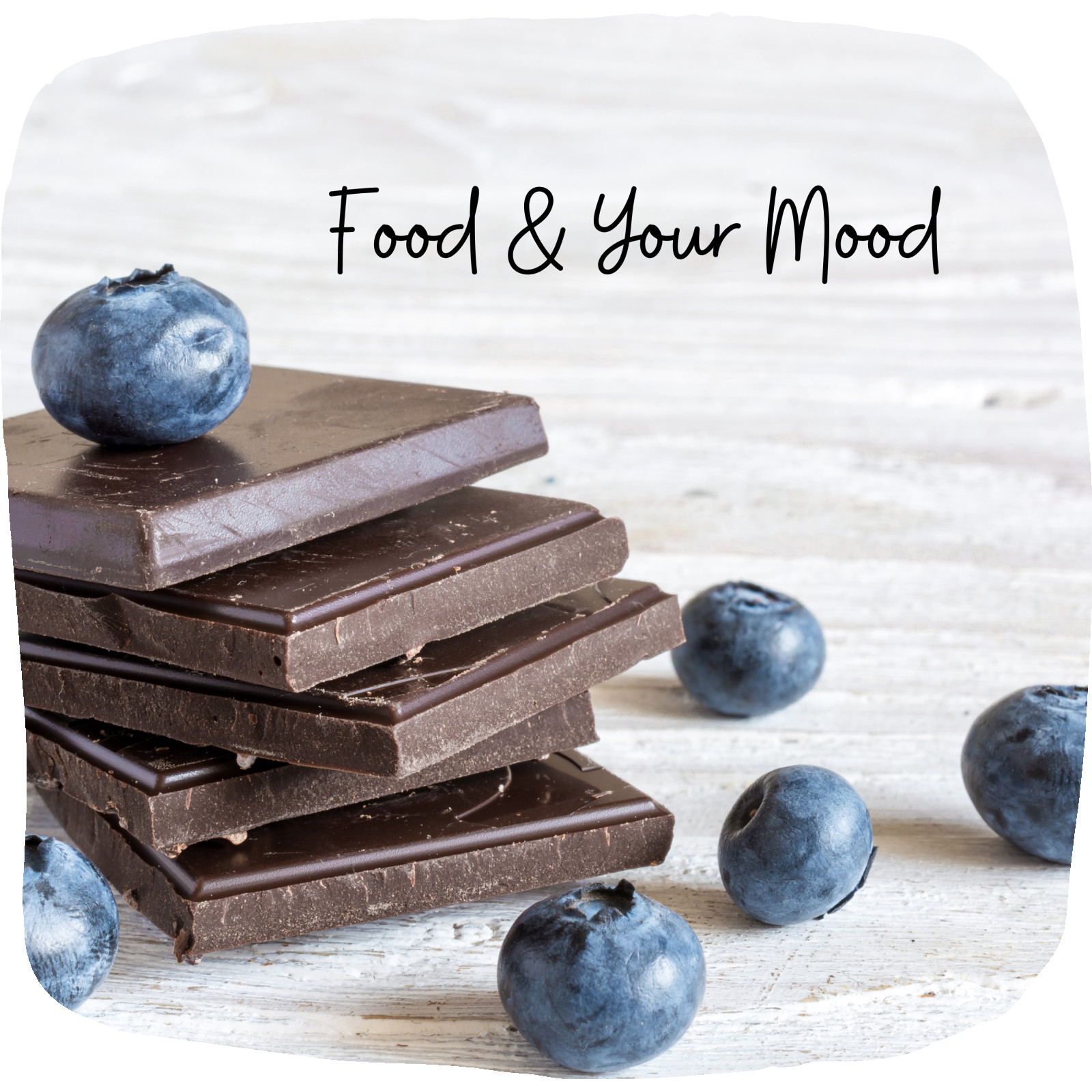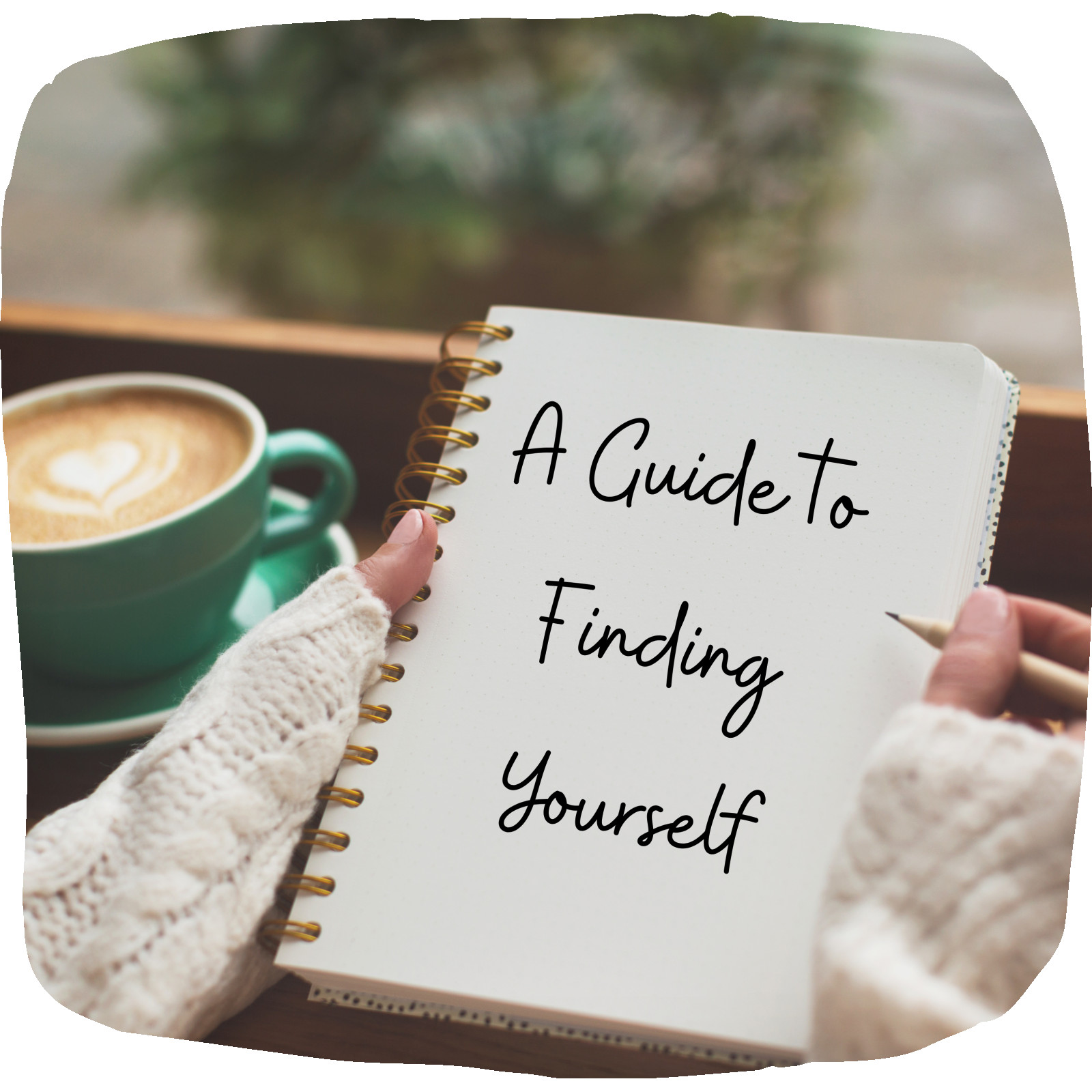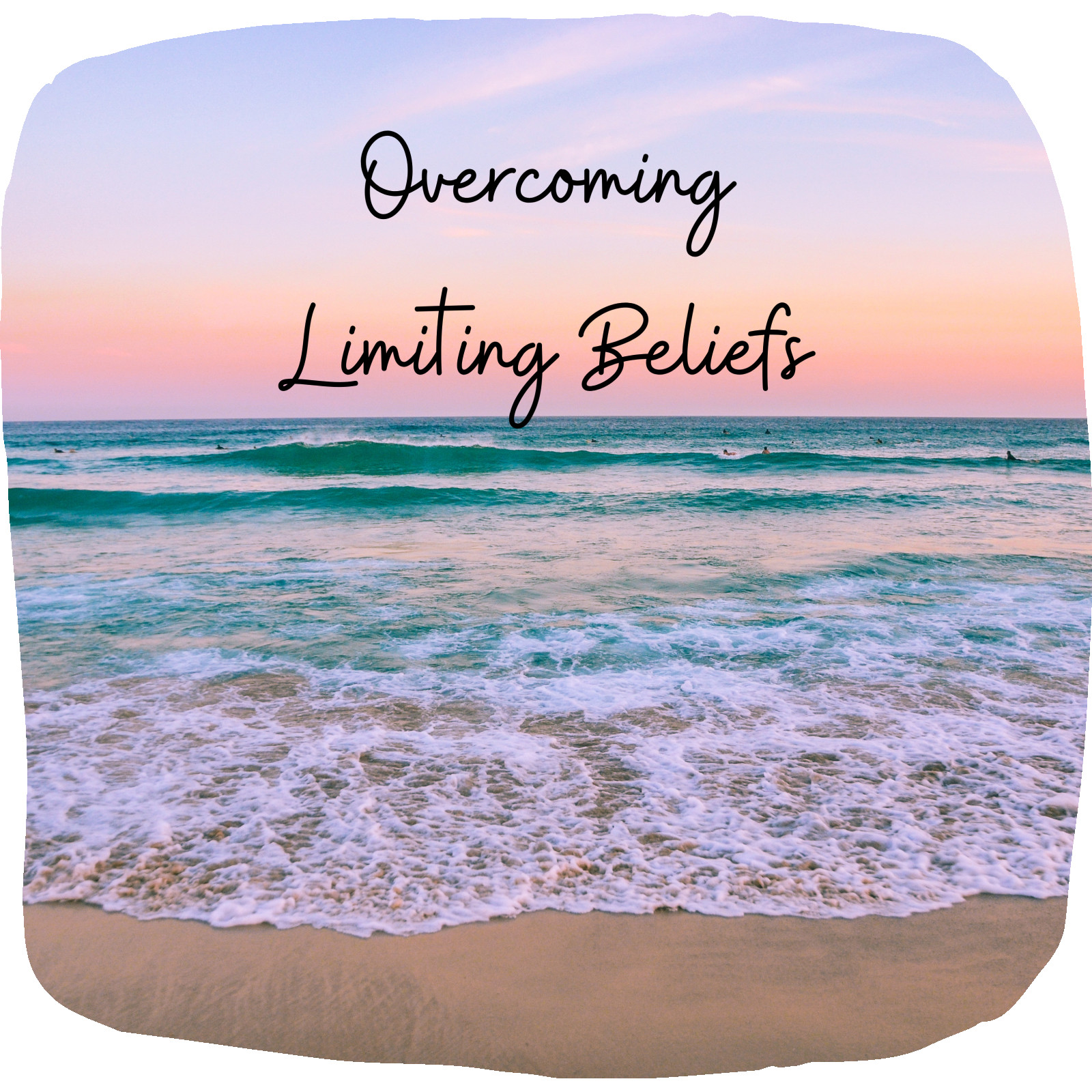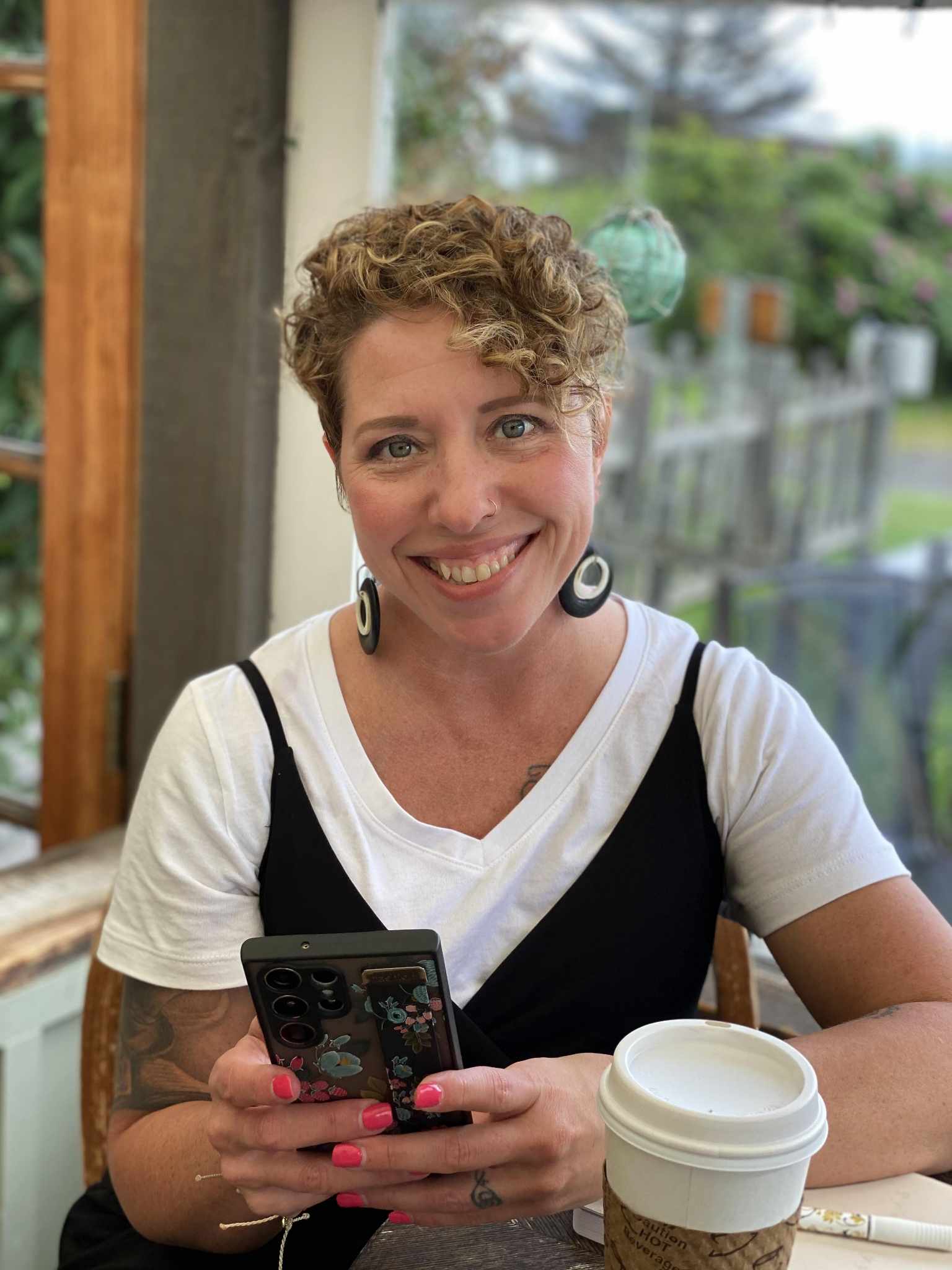
When you think about workouts that deliver results, do you automatically picture something high-intensity? You know, all the jumping, sprinting, and burpees you can handle? I used to think the same way. For a long time, I assumed low-impact workouts were just for rest days, not serious results. Spoiler alert—I was so wrong.
Some of my best results have actually come from low-impact exercises. And if you’ve been feeling like high-impact isn’t working for your body anymore, I’m here to tell you that you can absolutely stay fit and feel amazing without it.
My Turning Point
First, don’t get me wrong—I’ve had a good time with high-impact fitness. Shaun T’s programs like Cize and T-20 are still among my all-time favorites. But in February of 2018, everything changed after a freak volleyball accident. It left me with injuries that made high-impact workouts painful and unsustainable.
For months, I figured I’d just “push through,” but my body had other plans. The jump-back wasn’t happening. That’s when I discovered yoga. And wow did it change my life.
Why Yoga Became My Best Friend
A neurosurgeon I visited during my recovery once joked that yoga isn’t really a workout. (“You just stand there, right?” he said.) Oh, how wrong he was. For me, yoga has been a total game-changer.
Strength, flexibility, muscle definition, mental clarity—it’s all there in a yoga practice. The beauty of yoga is that it doesn’t just work the outside; it focuses on your well-being from the inside out. It’s honestly the most well-rounded form of exercise I’ve found.
Since switching to yoga and other low-impact workouts, I’ve tried to go back to high-impact a few times, thinking I might miss it. But you know what? I really don’t. Yoga makes me feel strong, aligned, and at peace with my body in ways I never expected.
The Truth About Low-Impact Workouts
Here’s what I’ve learned through all of this: low-impact doesn’t mean low-results. The key is to keep moving. Whether it’s yoga, pilates, strength training, or even walking, the most important thing is to find what feels good for your body.
A few other benefits of low-impact workouts include:
- Reduced risk of injury: Ideal for those with joint issues or recovering from past injuries.
- Improved strength and flexibility: Helpful for building a strong, functional body.
- Sustainable fitness: Something you can stick to in the long run without burning out.
And of course, it matters how you fuel yourself. Cleaning up your eating habits works hand in hand with movement to give you the best results. Bad eating habits will hold you back, no matter how much you work out.
What’s Your Style?
Now I’m curious. Are you a low-impact or high-impact worker outer? Or maybe you’re somewhere in between? (And yes, “worker outer” is definitely a term. It’s a thing—I’m making it happen!)
Your Next Step
Check out my guide to fitness over 40 for tips, workouts, and inspiration to help you stay active and feel incredible. You deserve to feel your best, without feeling like you have to sacrifice your body to get there.
xoxo Angela
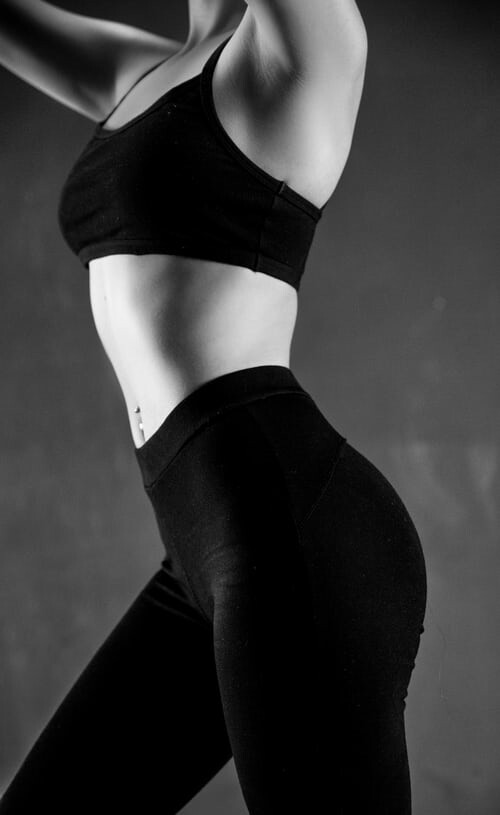
Have you ever wondered why your body feels “off” some days and amazing the next? Those signals aren’t random. They’re your body’s way of communicating its needs to you. And the truth is, no one knows your body better than you. The trick is learning to listen.
Once you start paying attention, you’ll notice how much your body has been trying to tell you all along. Learning to tune in isn’t just about avoiding discomfort; it’s the key to better health, more energy, and a greater sense of balance in your daily life.
If that sounds easier said than done, don’t worry—I’ve got you. Here’s how you can start tuning in to your body’s signals and figuring out what they’re telling you.
Why Listening to Your Body is Essential
Your body is talking to you 24/7. Maybe it’s the tension in your shoulders when you’re stressed or the stomach flutters before an important moment. These little cues are messages, asking you to pay attention and make changes when needed.
When I was diagnosed with fibromyalgia at the age of 19, I learned (the hard way) how important this was. No one told me to listen to my body, but over time, I figured out that certain activities led to more pain and longer recovery times. It wasn’t easy, but once I began to notice patterns, everything started to make sense.
Listening to your body could mean the difference between thriving and merely surviving. And the best part? It’s a skill you can develop, no matter where you’re starting from.
Common Body Signals You Might Be Ignoring
Your body sends signals in so many ways. Here are just a few examples to watch for:
- Tense muscles: A sign that your body needs rest, relaxation, or stress relief.
- Stomach discomfort: Could be linked to diet, stress, or emotions.
- Headaches: Often tied to dehydration, poor posture, or even emotional tension.
- Brain fog: A telltale signal of needing sleep, better nutrition, or a mental reset.
Recognizing these signals is the first step. Decoding them takes practice, and that’s where journaling becomes a game-changer.
How to Use Journaling to Understand Your Body
Keeping a journal allows you to track what’s happening in your body and identify patterns over time. Don’t worry, it doesn’t have to be fancy. A simple notebook works just fine, but guided options like the Dailygreatness Wellness Journal can give you a bit more structure.
Here’s what to note in your journal to start reconnecting with yourself:
- What you eat and drink: Write down your meals, snacks, and hydration levels. How did each make you feel afterward?
- Your physical activity: Record your workouts or general movement. Did you feel energized or drained?
- Self-talk: Pay attention to your thoughts. Were you uplifting yourself or being overly critical?
- Interactions with others: Notice how the people around you influence your mood and energy.
- Symptoms and sensations: Note any tension, pain, or other physical signals.
At first, it might seem like a lot to track. Start small. Focus on food, exercise, or one other area that feels most relevant to you right now. Over time, your notes will help you connect the dots and figure out what your body is really asking for.
Start Small and Stay Consistent
One of the biggest challenges with learning to listen to your body is not expecting instant results. It’s easy to get discouraged if changes don’t happen overnight, but trust me on this one. The work you put in now will create the foundation for long-term health and happiness.
Begin with just one area. Maybe you start tracking how food affects your energy levels or how your body feels after different workouts. When that becomes second nature, layer in something else. Little by little, you’ll start recognizing your body’s patterns and responding intuitively.
You’re Worth the Effort
There will be days when it feels overwhelming, and you’ll be tempted to give up. But don’t. This isn’t just about solving the headaches or fatigue in the moment—it’s about building the relationship you have with yourself. You are worth the energy it takes to figure this out.
Whatever you do, keep moving forward. This process is for you. It’s about showing up for your health, your happiness, and the best version of yourself.
It is also important that you use the right essential oils if you’re exploring those options. If you need help, reach out to me for guidance.
Love this blog? Check out my guide to Fitness Over 40. Get it here.
xoxo Angela
